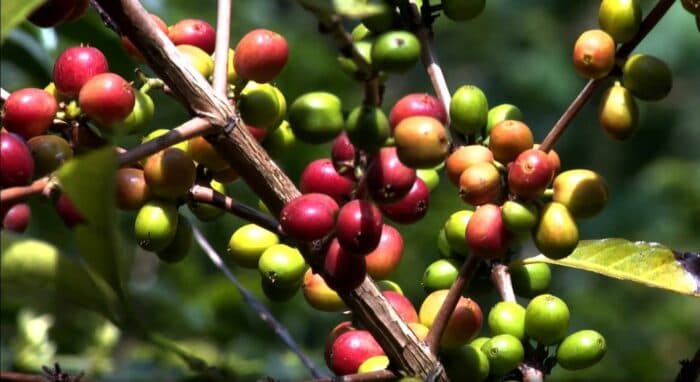In the intricate dance of global commodity trading, coffee markets continue to exhibit volatility driven by a complex interplay of climatic events and economic trends. On Thursday, the coffee trading session closed with mixed results, as September arabica futures (KCU24) saw a modest uptick of 0.89 percent, while September ICE robusta futures (RMU24) experienced a slight decrease of 0.30 percent.
Arabica’s Resilience Amidst Adversity
The day’s trading was heavily influenced by concerns emanating from Brazil, the world’s leading producer of arabica coffee. Reports from Expocacer, a prominent cooperative, highlighted that Brazilian farmers are harvesting unusually small beans this season—a consequence of prolonged periods of heat and drought that stunted bean development. This development underpins concerns about reduced quality and yield affecting the overall supply chain.
Further complicating the market landscape, StoneX released projections indicating a global 2024/25 coffee surplus of merely 2 to 3 million bags, starkly lower than the USDA’s forecast of 5.6 million bags. This discrepancy points to a potentially tighter global supply than initially anticipated, providing upward support to arabica prices.
Economic Shifts and Their Impact
On the economic front, the Brazilian real’s significant depreciation—to a two-and-a-half-year low—spurred a surge in export activity. While beneficial for Brazilian exporters leveraging favorable exchange rates, this has injected additional volumes into the global market, exerting downward pressure on prices.
Robusta’s Struggles and Global Concerns
Conversely, robusta coffee, primarily cultivated in Vietnam, faces its own set of challenges. A report from Volcafe raised alarms about Vietnam’s upcoming 2024/25 robusta harvest potentially being the smallest in thirteen years. This dire prediction stems from poor rainfall, which has caused “irreversible damage” to coffee blossoms, threatening to significantly constrict global robusta supplies.
This concern is echoed by recent statistics from Vietnam’s agriculture department, which forecasted a 20% drop in the country’s coffee production for the 2023/24 crop year due to ongoing drought conditions. These developments suggest a looming deficit in the robusta market, further complicated by a consecutive fourth year of expected robusta bean deficits.
Market Dynamics and Future Outlook
As the Brazilian coffee harvest accelerates—reported by Safras & Mercado to be 44% complete, outpacing both last year’s progress and the five-year average—market sentiments are mixed. While a faster harvest generally suggests ample supply reducing price support, the specific context of smaller bean sizes and potential quality issues could counterbalance this effect.
Moreover, the inventory levels at ICE also provide insight into broader market dynamics. After reaching historically low levels, both arabica and robusta coffee inventories have seen significant recoveries, suggesting a temporary easing of supply constraints. However, these fluctuations underscore the ongoing uncertainty and sensitivity of coffee markets to both climatic conditions and economic policies.
Conclusion
As stakeholders from farmers to traders navigate these turbulent waters, the global coffee market remains a focal point of interest due to its significant economic implications and the direct impact of environmental factors on production. With the situation continually evolving, market participants remain vigilant, closely monitoring weather patterns and economic indicators to strategize their next moves in this high-stakes market.


